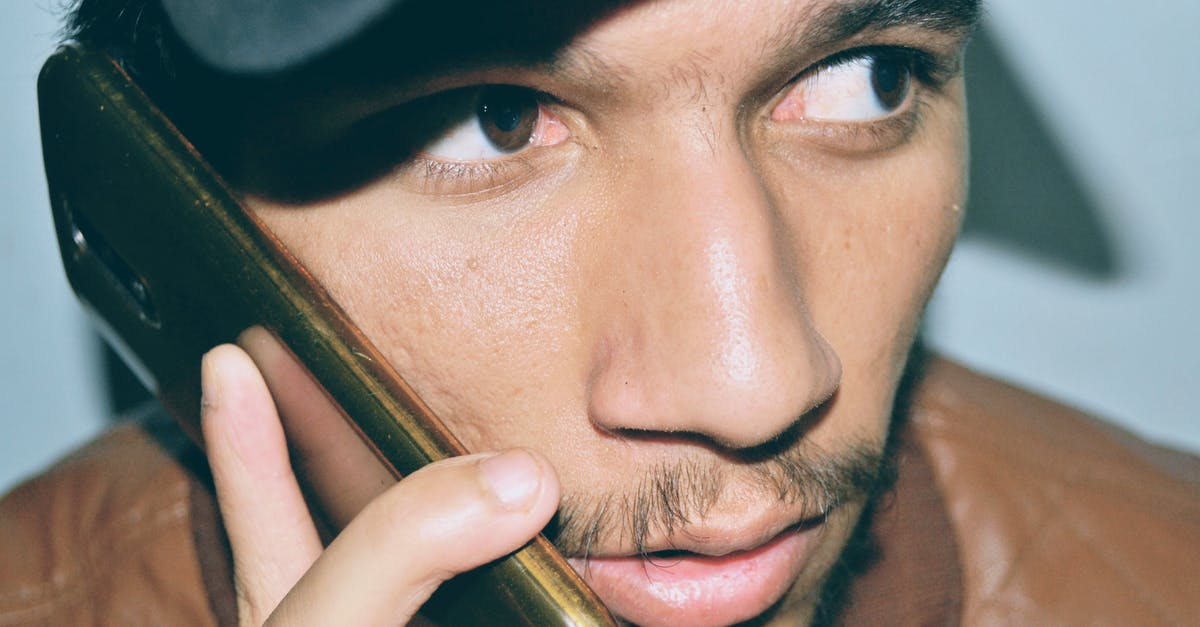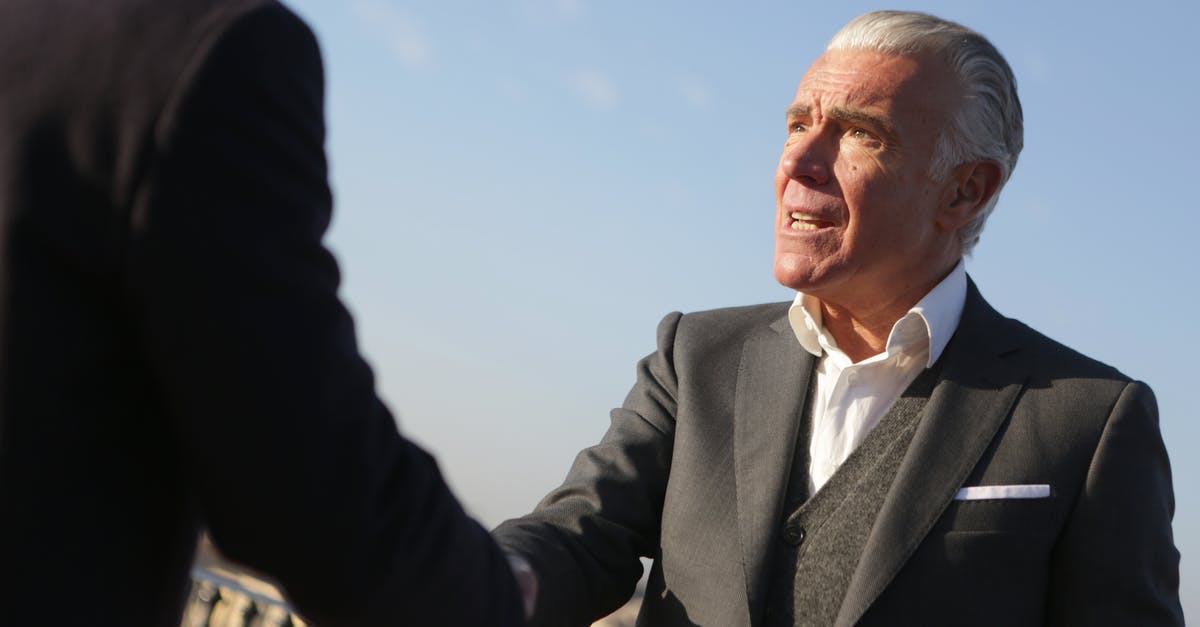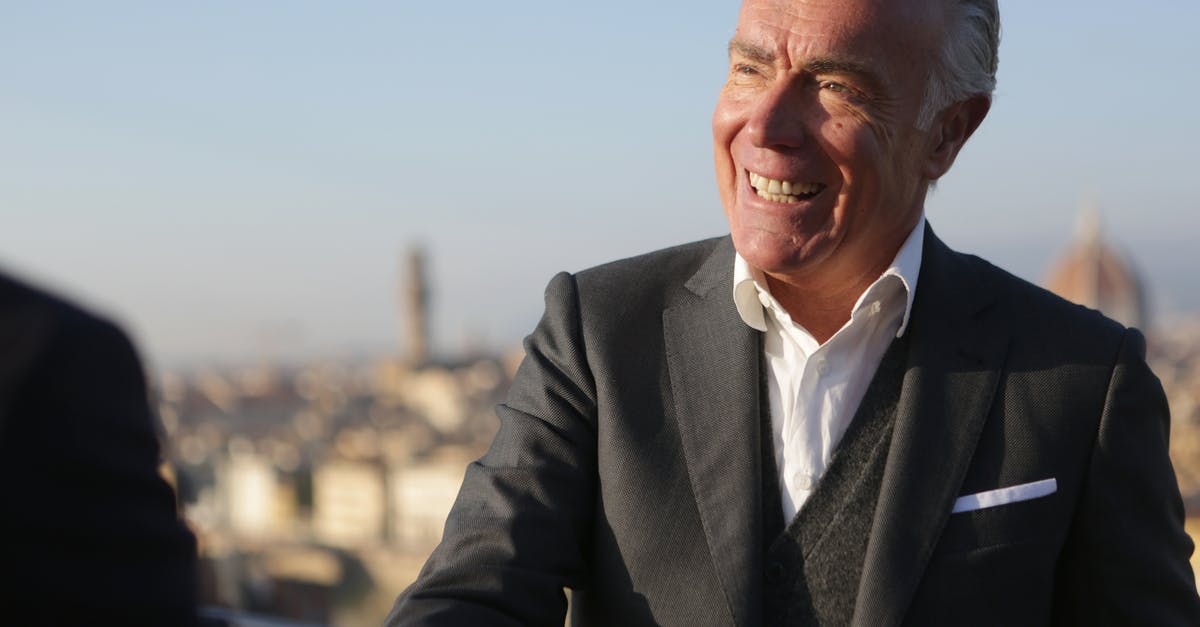What's the deal with the rewind?

Funny Games (2007) was just a hard movie to watch period. But, I really got kicked in the head when Paul rewound the scene and started it over. What?
After Paul and Peter return to the house with Ann, Paul tells Ann to recite a prayer and if she can do it correctly, she gets to choose what happens next. What happens is that Ann grabs the shotgun and makes a window in Peter's chest.
Paul gets angry and starts frantically looking for the TV remote control. When he finds it, he hits the rewind button and rewinds back to the part where he tells Ann to recite the prayer. But this time, Paul prevents Ann from getting the gun.
This was a completely out of the left field thing considering the rest of the movie was just as any other movie. Nothing out of the ordinary except that one bit.
So why was this scene necessary. What was the purpose? How does it tie in with the rest of the movie? Does it have anything to do with the conversation Paul and Peter have in the sail boat toward the end about reality?
Best Answer
The wiki Theme section describes the movie thus:
Themes
The film frequently blurs the line between fiction and reality, especially highlighting the act of observation. The character Paul breaks the fourth wall throughout the film and addresses the camera in various ways. As he directs Ann to look for her dead dog, he turns, winks, and smirks at the camera. When he asks the family to bet on their survival, he turns to the camera and asks the audience whether they will bet as well. At the end of the film, when requesting eggs from the next family, he looks into the camera and smirks again. Only Paul breaks the fourth wall in the film, while Peter makes references to the formulaic suspense rules of traditional cinema throughout the film.
Paul also frequently states his intentions to follow the standards of movie plot development. When he asks the audience to bet, he guesses that the audience wants the family to win. After the killers vanish in the third act, Paul later explains that he had to give the victims a last chance to escape or else it would not be dramatic. Toward the end of the movie, he postpones killing the rest of the family because the movie has not yet reached feature length. Throughout the film, Paul shows awareness of the audience's expectations.
However, Paul also causes the film to go against convention on a number of occasions. In thrillers, one protagonist that the audience can sympathize with usually survives, but here all three family members die. When Anna successfully shoots Peter, as a possible start to a heroic escape for the family, Paul uses a remote control to rewind the film itself and prevent her action. After Georgie dies, Paul regrets killing him first because it goes against convention and limits the suspense for the rest of the film. At the end of the film, the murderers prevent Ann from using a knife in the boat to cut her bonds. An earlier close-up had pointed out the knife's location as a possible set-up for a final-act escape, but this becomes a red herring. At the end of the film, Paul again smirks triumphantly at the audience. As a self-aware character, he is able to go against the viewers' wishes and make himself the winner of the film.
After killing Ann, Peter and Paul argue about the line between reality and fiction. Paul believes that a fiction that is observed is just as real as anything else, but Peter dismisses this idea. Unlike Paul, Peter never shows an awareness that he is in a film.
Haneke states that the entire film was not intended to be a horror film. He says he wanted to make a message about violence in the media by making an incredibly violent, but otherwise pointless movie. He had written a short essay revealing how he felt on the issue, called "Violence + Media." The essay is included as a chapter in the book A Companion to Michael Haneke.[13]
So you can see that all throughout the film, the character Paul breaks the fourth wall repeatedly and often, and engages the audience (film viewer) to "participate" in the film. He controls events, with the expressed reasoning of following the standards of movie plot development. He expresses regret at ruining suspense (killing Georgie too early); at adding drama by vanishing; at extending the movie to feature length by not killing the entire family too early; etc.
When Peter 'screws up' by giving Anna the opportunity to grab the shotgun and she kills him, Paul is forced to, yet again, break the fourth wall, and 'rewind' the entire film in order to get it back on track per his desired ending.
Paul 'controls the film' by controlling the action of the characters inside the universe of the movie, just as he also 'controls the film' by breaking the fourth wall and performing editorial changes and commentary out of universe.
Pictures about "What's the deal with the rewind?"



Minecraft wait what meme part 257 (scary white enderman)
More answers regarding what's the deal with the rewind?
Answer 2
While the above explanation works perfectly from the critc point of view, sticking more with the film itself (and we do not have to do so) one may argue that it is actually a sci fi film, that they have a time machine and that in this way they are able to perfectly set up their crimes, and then if they rewind everything is like nothing ever happened, explaining the dialogue on the boat.
Sources: Stack Exchange - This article follows the attribution requirements of Stack Exchange and is licensed under CC BY-SA 3.0.
Images: Enoch Patro, Andrea Piacquadio, Andrea Piacquadio, Kampus Production
